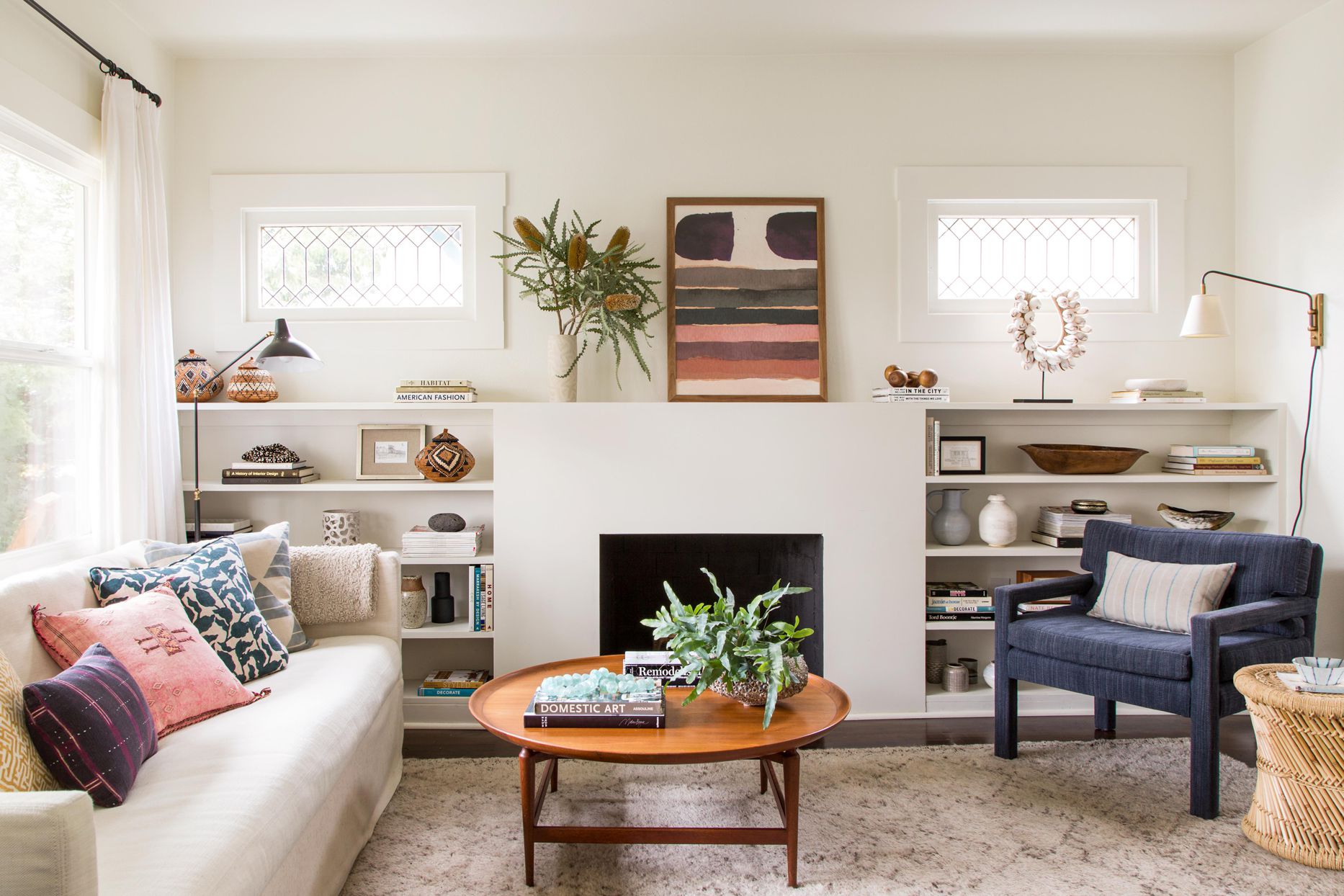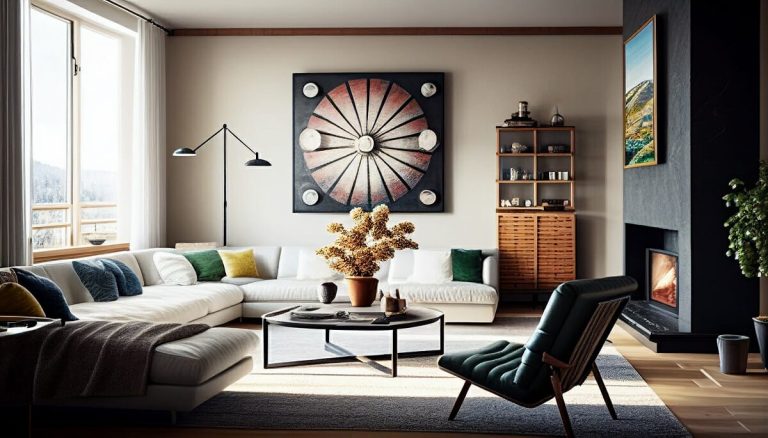Tips for Arranging Furniture in a Room
If you’re trying to arrange furniture in a room, it can be difficult. You might end up with an awkward layout, or one that looks like it was designed by an amateur. Here are some tips for arranging furniture in a room so it looks good and fits well into the space:
Tips for Arranging Furniture in a Room: Arrange furniture by function
When arranging furniture in a room, it’s important to arrange the pieces according to function. This means using furniture for the purpose it was designed for and not creating awkward situations where you have to use something in an unintended way.
For example, if you have a couch with armrests on either end, try not to place it between two chairs so that they’re forced into sitting on top of those armrests at all times; instead, place the couch so that one person can sit on each side of it and face each other comfortably (if this isn’t possible due to space constraints). The same principle applies when arranging bookshelves or desks–if they’re too close together, people will have trouble reaching their work without bumping into each other constantly!
Another thing worth noting here is that some pieces of furniture aren’t meant for any particular purpose: they’re just general-purpose items like tables or lamps which can be used in any number of ways depending on how much space we have available within our homes/offices etcetera.
Place the largest piece of furniture in the center of your room
Place the largest piece of furniture in the center of your room. This is a good rule to follow for most rooms, but if you have an open concept space or if there are other large pieces like a fireplace or TV that take up room, it’s okay to break this rule.
Place side tables next to couches and chairs so people can put their drinks down without having to reach across all of your carefully arranged furniture pieces. If there’s not enough room on either side of the couch (or other seating), put a lamp on top instead–you’ll want light near where people will be sitting anyway!
Create conversation areas around coffee tables by adding extra seating options like footstools or ottomans that can easily be moved out of the way when not needed. They’re also great for displaying books or magazines as well as holding remote controls for streaming services like Netflix.
Balance out smaller and larger pieces of furniture with size and color
When arranging your furniture, it’s important to balance out the size and color of each piece. For example, if you have a small end table next to a large sofa, opt for something in between–like an armchair–to create equal visual weight on both sides of the room.
If you want more drama in your decorating scheme but don’t want it centered around one piece (such as an art piece or chandelier), try using complementary colors or patterns instead; this will help draw attention away from any one item while still creating a unified look throughout the space.
You can also use mirrors strategically throughout your home: they reflect light into dark corners where other sources are lacking; when placed above windowsill or near entrances/exits they make them seem larger than they actually are; when hung vertically along walls they can be used as dividers between rooms without adding any actual physical barriers
Consider using a mirror to make a room feel larger
Mirrors are an excellent way to make a room feel larger, especially if it has little natural light coming in. Mirrors reflect the light that does exist and give the illusion of a larger space. You can use mirrors to reflect natural light or even artificial lighting, such as candles or lamps.
If your window faces outside, placing a large mirror on one side of your window will reflect that view into the room–making it seem like there’s more natural light than there actually is!
Tips for Arranging Furniture in a Room: Use accent colors to bring out certain pieces
Accent colors are an excellent way to add pops of color or personality to a room. They can be used on the walls, furniture and accessories. Accent colors are generally one or two different shades than the main color scheme of your space, but don’t go overboard with them–you want it to look intentional and not like you just threw up random hues everywhere!
Examples: blue accents in a brown-and-white living room; red accents in an all-gray bedroom; yellow as an accent against black walls in an office space
Don’t crowd the room with accessories and knickknacks
Don’t crowd the room with accessories and knickknacks, only keep what you need. Leave no empty surfaces for people to look at–if there’s nothing on them, then they’ll just see right through your decorating scheme!
If possible, stick with one or two colors when choosing furniture and accessories so that everything in your room flows together seamlessly without being too busy or distracting from one another (although if you have a lot of stuff going on already in terms of texture/patterns/etc., this may not apply).
Make sure everything has a purpose before adding it into your design plan – if something doesn’t serve any practical function then why would anyone want it? This applies equally well outside as inside; if space permits then consider including some outdoor storage options such as garden sheds or garages where extra items can be stored away safely until needed again later down the line.”
Rooms should be functional, balanced, accessible and visually appealing
A room should be functional, balanced, accessible and visually appealing. A room is functional when it meets your needs for living. It should have all the furniture that you need for daily activities such as eating, sleeping or working at a desk.
A room is balanced when its elements are arranged in such a way that they don’t compete with each other too much visually (or otherwise). This means they’re not taking up more space than necessary or competing with each other too much visually (or otherwise). Sometimes this can mean moving things around until everything feels right–and then leaving them there!
Conclusion
We hope these tips have helped you to get started with arranging your own furniture. Remember that it’s not an exact science and there are no rules when it comes to decorating a room; all you need is some creativity and imagination!


